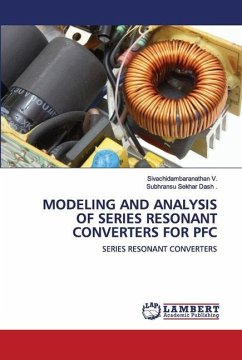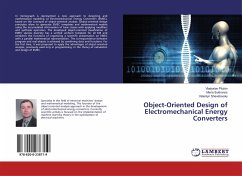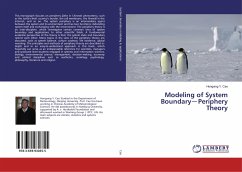In order to get the desired shape of the output voltage and current, the converter switches are operated with pulse width modulation control. In the recent years attempts have been made to design the converter topology and improve the control strategies, so that switches are turned on and off while the current through it and /or voltage across it is zero. In order to achieve this condition LC circuits have been used in such away that the voltage and current pass through zero crossing due to resonance of LC circuits. Due to the advantages of high frequency of operation, higher efficiency, smaller size, lightweight, low component stress and reduced electromagnetic interference there is an increased interest in the area of resonant converters. One such configuration, which has number of desirable features, ensuring high power factor is known as series resonant PFC converter. The PFC converter is an important stage for the distributed power system.
Hinweis: Dieser Artikel kann nur an eine deutsche Lieferadresse ausgeliefert werden.
Hinweis: Dieser Artikel kann nur an eine deutsche Lieferadresse ausgeliefert werden.








